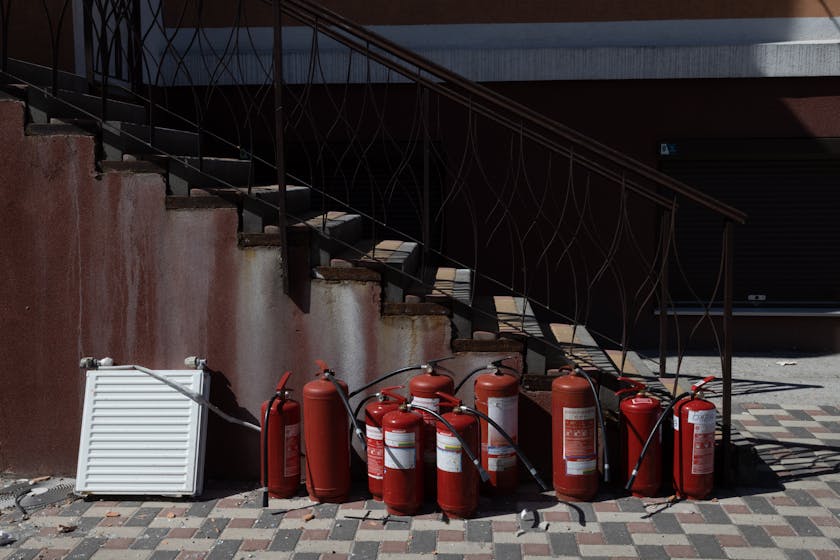If you’re interested in once-a-month cooking, you’ve likely thought about its benefits for emergency preparedness. Bulk meal storage can be a life-saver during unexpected situations. This post will guide you through the essentials of storing bulk meals effectively.
Understanding the Basics of Bulk Meal Storage
When embarking on the journey of bulk meal storage for emergency preparedness, it is crucial to start with the basics. Proper storage ensures that your food remains safe and nutritious over extended periods. Here are the foundational steps:
Choosing the Right Containers: The containers you select for meal storage should be airtight, waterproof, and made of food-grade materials. Glass jars, vacuum-sealed bags, and BPA-free plastic containers are excellent choices.
Labeling is Key: Every container should be clearly labeled with the contents and the date of storage. This practice will help you keep track of your inventory and use older items first, adhering to the first-in, first-out (FIFO) method.
Best Practices for Freezing Bulk Meals
Freezing is a popular method for bulk meal storage, especially for once-a-month cooking enthusiasts. To maximize the shelf life and quality of your frozen meals, follow these best practices:
Flash Freezing: For individual items like patties or meatballs, lay them out on a baking sheet to freeze before transferring them to a container. This prevents them from sticking together and allows for easier portion control.
Minimize Air Exposure: Removing as much air as possible from containers and bags will prevent freezer burn and preserve taste and texture.
Dehydrating Meals for Long-Term Storage
Dehydration is another technique for long-lasting meal storage. By removing moisture, you inhibit the growth of bacteria and mold. Dehydrated meals are lightweight and perfect for emergency kits.
Use a Quality Dehydrator: Invest in a reliable dehydrator to ensure even and efficient drying of your meals.
Store in a Cool, Dark Place: After dehydrating your meals, store them in a cool, dark location to extend their shelf life.
Creating a Meal Storage Plan for Emergencies
A well-thought-out plan is vital for effective bulk meal storage for emergency preparedness. Consider the following when creating your plan:
Assess Your Needs: Determine how many meals you need to store based on the number of people in your household and the length of time you’re preparing for.
Variety Matters: Include a range of meals to ensure nutritional balance and prevent palate fatigue during extended use.
Rotating and Using Your Stored Meals
Regularly rotating your bulk-stored meals ensures that nothing goes to waste and that your family is accustomed to the emergency food.
Integrate Stored Meals: Incorporate stored meals into your regular diet to rotate your stock and familiarize your family with the flavors.
Regularly Check Dates: Periodically review the dates on your stored meals to use items before they expire.
Additional Tips for Bulk Meal Storage Success
Maintain a Detailed Inventory: Keep a written or digital record of what you have stored and where it is located.
Stay Informed: Keep up with the latest recommendations for food safety and storage from reputable sources.
Remember, preparing for emergencies doesn’t happen overnight. It requires planning, practice, and patience. By mastering bulk meal storage for emergency preparedness, you’ll ensure that you and your family have access to the sustenance you need when you need it the most.




